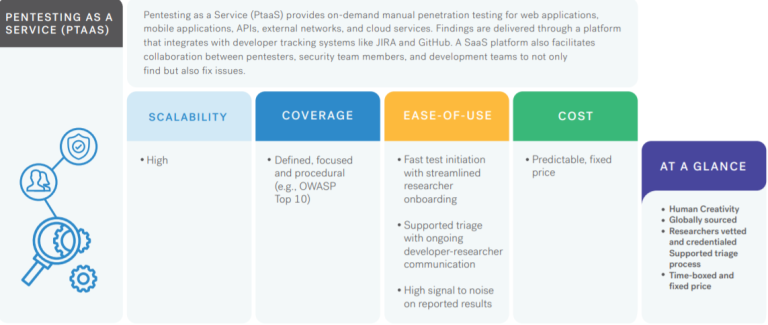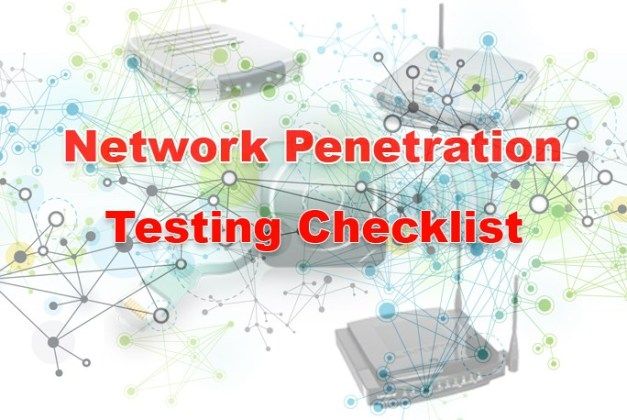Security analysis of web applications is, first of all, a search and investigation of cases of incorrect functioning of program code and vulnerabilities. Those who choose a penetration tester’s profession should keep in mind that it requires continuous learning and the ability to use a library of resources for self-education. A common situation is that while you are studying vulnerabilities in one framework, a dozen new reports are published. To quickly understand the potential vulnerabilities associated with previously unknown technologies, you need to be well-versed in the sources of information. When working in a team on an actual pentest project, there is usually no time for a thoughtful search. So, if your skills are combined with a strong foundational education, you are looking at promising career opportunities.
Your initial understanding of the subject can be developed through cybersecurity analysis courses at the university. These courses can also help you decide if this career path is right for you. It is good to receive foundational training in software development and networking, including web applications, while you are at university. Afterward, you can gain hands-on experience by practicing infrastructure penetration testing.
Usually, your initial attempts to secure a job as a web penetration tester might reveal gaps in your knowledge. Seeking employment at companies like VentureDive, where the work could help fill these educational gaps and offer valuable experience, is a smart approach. For instance, you could start as a technical support specialist in information security at a large company. After about two to four months, you might go for your first interview for a security analyst position, during which you could identify any weak points you might still have. With a few more months of work under the guidance of a mentor and diving into training materials, you could successfully land a position as a penetration tester.
Choosing where to work in the future is not as straightforward as it may appear. In a large, well-known company, you will be surrounded by a high level of expertise and likely assigned a mentor. However, the opportunity to find truly interesting vulnerabilities in real projects might be limited. This is because such organizations often have costly services, and their clients are usually not willing to skimp on development and security. Consequently, you will be working with quality products that have undergone thorough security testing, reducing the likelihood of encountering situations that provide valuable experience.
In a small company, you should not expect to find a mentor, a high level of expertise, or an impressive salary. However, these companies often get orders to pentest applications with many vulnerabilities, providing invaluable experience for those new to the profession. With this experience under your belt, you could eventually transition to a larger company.
Mastering Interview Techniques
Given that we cannot cover everything, let’s go over the essential knowledge and skills you need to analyze vulnerabilities in web applications.
- A pentester needs to understand how applications function on the network level, which includes knowing about TCP handshakes, domain names, IPs, proxies, etc. It is also important to grasp the basics of how HTTP and HTTPS protocols work. Being prepared to answer questions like “What is the difference between HTTP methods?” “When should PATCH be used as opposed to POST?” and “How do HTTP 0.9/1.1 differ from HTTP/2?” is a part of this foundational knowledge.
- Vulnerabilities are not always tucked away in a web application’s code; sometimes, they are embedded in its architecture, like within the web server itself. Often, a pentester might not have a direct view of the application’s architecture but can infer how it functions. Therefore, having knowledge in this area is incredibly useful.
- As vulnerabilities become more complex, it is important to grasp the basics. This foundational understanding allows you to tackle more complex issues as they arise.
- Developing the ability to search for answers to your questions using open sources is vital, even if you have someone to ask. Always start by seeking out information and attempting to solve problems on your own before seeking help.
- Being able to write and read code in various languages, including PHP, Python, JavaScript, Java, and C#, is essential. When it comes to analyzing web applications, you will encounter different approaches, such as white box, gray box, and black box testing. For example, if you are doing white box testing and have access to the application’s source code, having development experience is a big plus. Additionally, the ability to write automation scripts and tailor third-party tools to fit your needs is a valuable skill.
- Pentest projects frequently require examining the application from the outside in. You need the ability to scan the network and identify vulnerable services to ensure no obvious security flaws are overlooked.
- In your work, you will often need to theoretically explain the nature of a vulnerability. This requires understanding basic concepts, such as how databases operate, the properties of information, and what constitutes vulnerability and exploitation. Essential skills also include system administration for both Windows and Linux.
Simply studying a vast number of vulnerabilities will turn you into a top-tier professional because it does not cultivate the skill of discovering them. During actual pentest projects, the toughest part is often identifying vulnerabilities. It is advised to search for vulnerable applications and analyze them without peeking at the technology stack or hints about the vulnerabilities. This practice offers foundational experience and insights into how things operate in an actual project.
For those lacking a basic education in security analysis, paid penetration testing courses are an option to consider. Unfortunately, the better courses tend to be expensive, and it is difficult to recommend any budget-friendly options that are truly effective. It is crucial to realize that these courses will not turn you into an expert overnight, as some might claim, but they will provide you with a solid understanding of the profession.

InfoSec services | InfoSec books | Follow our blog | DISC llc is listed on The vCISO Directory | ISO 27k Chat bot






















































